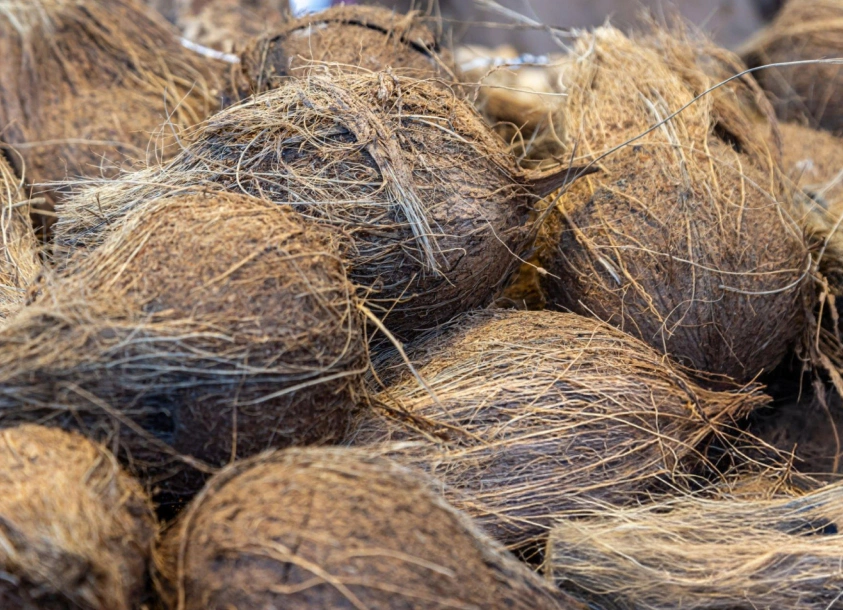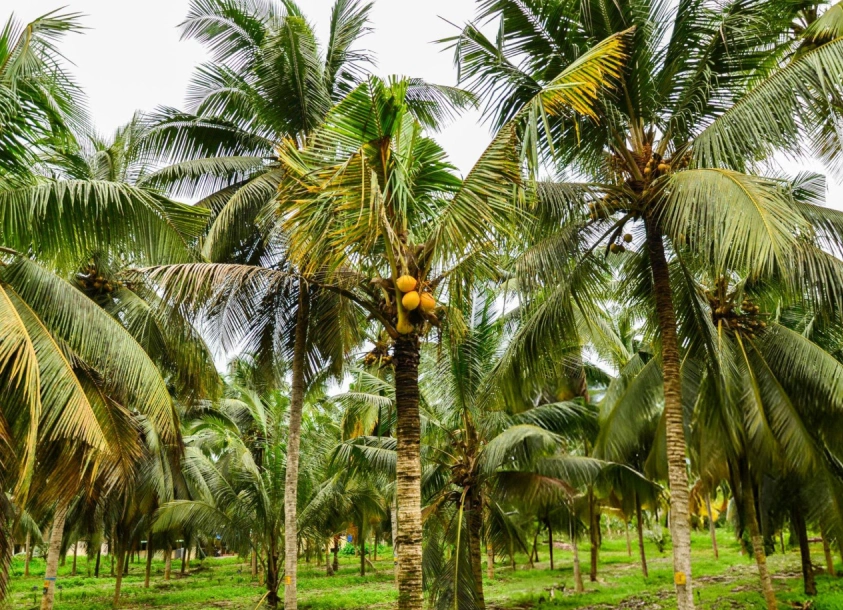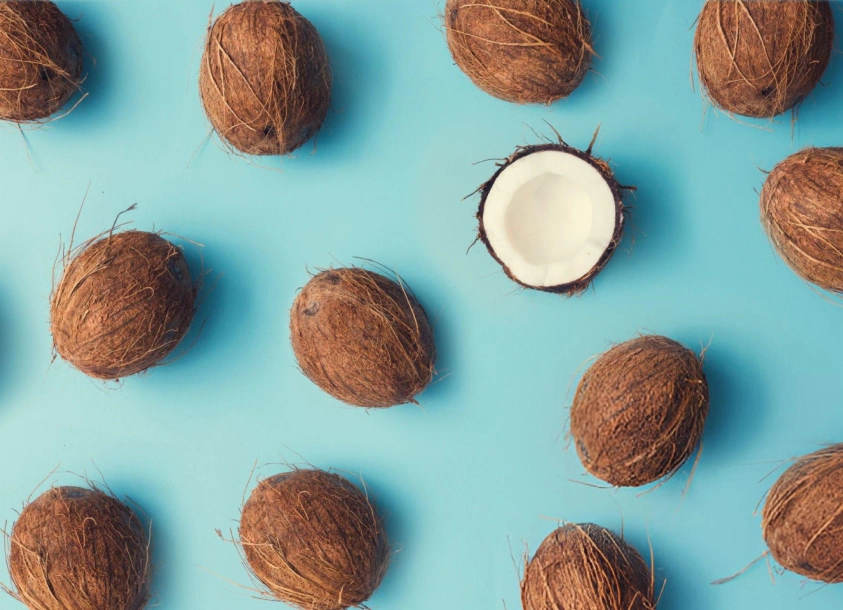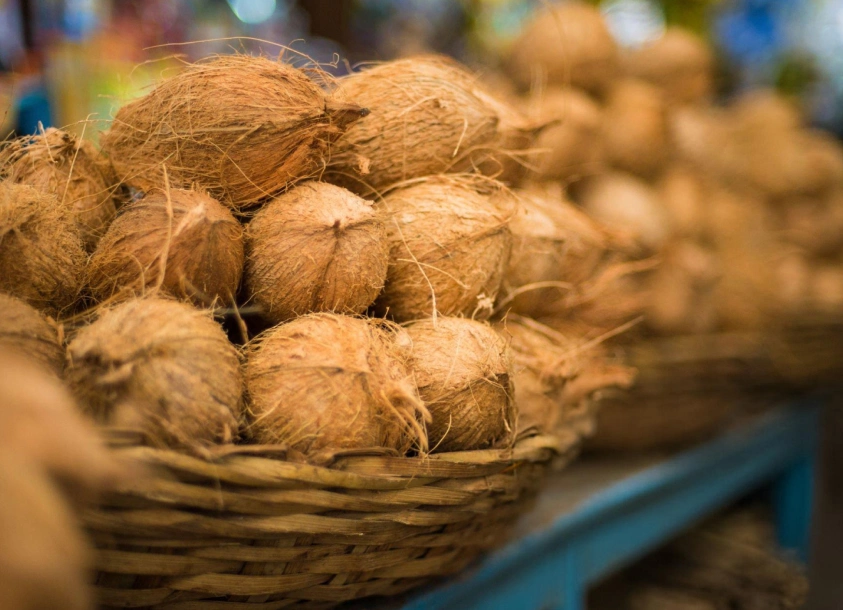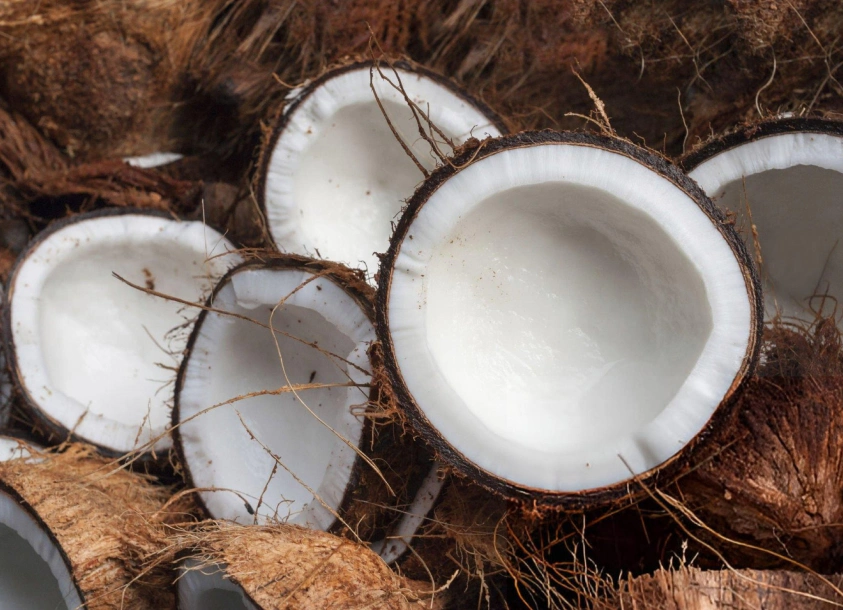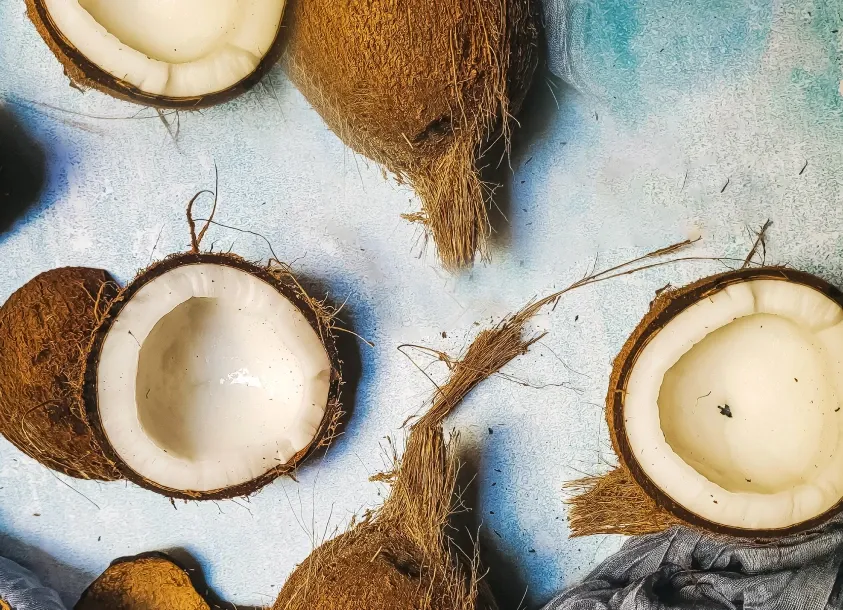How Indian Exporters Preserve Coconut Shelf Life Across Borders
How Indian Exporters Preserve Coconut Shelf Life Across Borders Ensuring extended coconut shelf life is essential for exporters serving distant markets across Asia, the Middle East, and Europe. Indian coconut exporters have developed precise handling, packaging, and shipping strategies to maintain quality during long transits. Since fresh coconuts are sensitive to moisture and temperature, exporters focus on optimizing each phase of the tropical coconut supply chain to deliver shelf-ready coconuts that meet global standards. From field to foreign shelves, shelf stability is not just a requirement; it’s a commitment. The Shelf Life Challenge in Tropical Coconut Supply Chains Coconuts, though naturally resilient, are vulnerable to spoilage if exposed to high humidity or improper ventilation during transit. The tropical climates in which they are grown often pose risks of mold, sprouting, or shell degradation. When coconuts are shipped to long-distance destinations such as the UK, Qatar, or Singapore, delays in transit or inconsistent packaging can result in reduced freshness or even rejection at customs. Managing coconut shelf life thus becomes a vital responsibility for exporters. The challenge lies in preserving quality through weeks of shipping without advanced refrigeration or chemical treatments. The answer lies in mastering both post-harvest care and intelligent logistics. Post-Harvest Coconut Handling for Export Longevity Before the coconuts even enter a shipping container, several layers of protection are set in place: Dehusking and cleaning: Coconuts are cleaned and dehusked to prevent external contamination and fungal growth. Grading by maturity: Exporters sort coconuts to match buyer needs, ensuring only mature and export-suitable fruits are packed. Drying before storage: Controlled drying reduces surface moisture that can trigger spoilage. Using breathable storage: Sheltered, well-ventilated storage sheds maintain optimal temperature and air circulation. Minimal handling: Staff are trained to avoid unnecessary handling that might bruise or damage coconuts. Each of these steps in post-harvest coconut handling helps maintain consistent, shelf-ready quality, which is crucial for international buyers. Smart Packaging to Extend Shelf Stability for Coconuts Coconuts have shelf stability directly related to their packaging. Indian exporters use ventilated and moisture-protected packaging that allows for air circulation while protecting the shell. First, breathable sacks or mesh bags are suggested over plastic because they minimize condensation inside the containers. The second is that coconuts are cushioned to prevent friction and bruising while in transit. While sea transport can have durations of 15-30 days depending on destination, exporters use containerized solutions with airflow systems or natural insulation to cope with tropical conditions. These packing practices for coconuts that are safe from moisture help minimize spoilage. Moreover, packing is customized to meet the import requirements of countries like the UAE, Malaysia, and Oman, ensuring faster customs clearance and extended in-store shelf life. Moisture Control Methods Used During Shipping Pre-shipment moisture checks: Exporters assess moisture content before dispatch to ensure coconut weight is within acceptable limits. Dry handling areas: Loading areas are kept moisture-free to prevent exposure to rain or humidity. Use of desiccants: Desiccant pouches or moisture-absorbing sheets are added inside packaging to trap excess humidity. Humidity monitoring inside containers: Some exporters track in-transit conditions using smart container solutions. Covering stacks during loading/unloading: Coconuts are protected from external conditions with tarpaulin or shaded covers. This attention to coconut moisture control supports quality assurance from port to shelf, especially in long-haul exports. Best Practices That Lead to Shelf-Ready Coconuts Indian Exporters follow best practices and ensure quality consistency even over long distances. This starts with training the personnel working at the farm and post-harvest storage levels into the idea of being clean, quick and avoiding spoilage. There are quality checks after harvest, before grading, after packing, and before shipping. These QA systems are used to ensure that immature or damaged coconuts do not go into export lots. Exporters are also in close contact with logistics partners that serve the needs of the tropical coconut supply chain. Planning is key, be it for the right route, to book trustworthy enough cargo ships, or to stay away from humid seasons. These measures ultimately allow exporters to ship shelf-ready coconuts that maintain taste, texture, and exterior quality weeks after harvest. Logistics That Support Extended Coconut Shelf Life Fast container dispatch: Exporters use pre-scheduled containers to reduce waiting time and ensure timely shipping. Insulated containers for sensitive orders: While not always necessary, insulated containers are used when destination climate or transit duration demands it. Routing to minimize dwell time: Choosing the fastest available sea route, especially to Europe, reduces total time from port to shelf. Real-time shipment tracking: Logistics teams track container movement and coordinate with clearing agents for quicker port processing. Smooth documentation: By handling all export paperwork efficiently, exporters avoid delays that could shorten shelf life. These logistics choices are key in managing coconut shelf life and fulfilling international buyer expectations. Ensuring Coconut Shelf Life with Precision and Care Preserving coconut shelf life is not a single step; it’s a result of a well-orchestrated series of actions, starting from harvest and extending to packaging, container loading, and customs clearance. These practices are then refined by Indian exporters such as Ekart as they increasingly cater to customers in Europe, the Middle East, and Asia. By controlling post-harvest processes, intelligent packaging, and logistics, they guarantee that every single coconut that goes to the world markets is fresh, clean, and shelf-stable. As a result, as tropical products with natural sourcing become more and more in demand globally, India has come to be known as the “natural source” in the tropical coconut supply chain, mastering post-harvest handling of coconuts and moisture control in particular. You can be assured that these coconuts are brought to you in a quality and caring manner. Latest Post Our Social Media Lorem ipsum dolor sit amet consectetur. Lorem ipsum dolor sit amet consectetur. Consequat vulputate convallis eget mollis viverra nunc mi egestas. Risus facilisi nullam donec.
